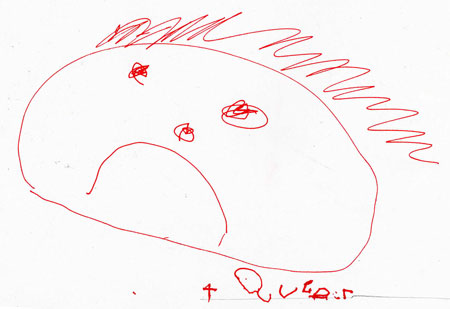
Using first and last names properly is an area that most kids goof up. Tell young people that it is rude, even for adults, to call strangers by their first name. Upon meeting someone new, a youngster should call an adult Mr., Mrs., or Ms. until the adult asks to be called by his or her first name. Sometimes this happens right away, sometimes it takes a while, and sometimes it never happens.
When your child decides to introduce you to one of his friends or finally decides that it’s okay for you to meet her teacher, explain the cardinal rule about introducing people:
The star of the show gets top billing. In other words, mention the most important person first: “Mom, this is my friend, Marjorie Matthews.” Your child should learn to use honorifics when introducing adults to one another, including Dr., Captain, Mr., Mrs., and Ms. Here’s an example: “Doctor Cooper, I’d like to introduce you to my father, Mr. Carter.”
When introducing a teacher to a parent, the teacher’s name is used first: “Mrs.
Bornson, I’d like you to meet my mother, Mrs. Eastwood.” It helps to provide a little information about the people you’re introducing so that they will have something to talk about: “Mom, this is my friend Frank Hales. We’re in the glee club together.”
In introductions, dignitaries—congress people, clergy, elected or appointed officials, and so on— are mentioned first, to show respect for the offices these people hold. This practice does not mean that, as people, they are better or more important than anyone else.






